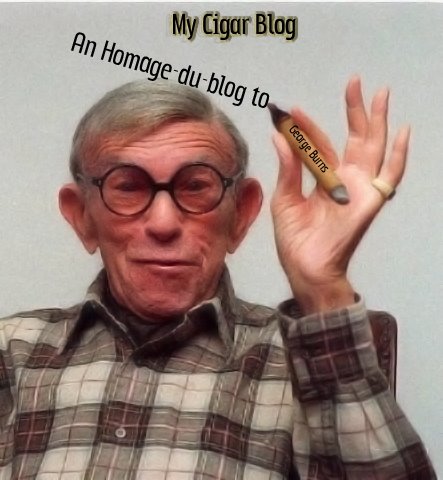BURNS, GEORGE U.S. Comedian/Actor/Singer | ||
| ||
So Heres to you, George Burns. You Deserve It! Rest in peace "not many people die past 100" Brad | ||
Search This Blog
Sunday, July 12, 2009
The Research I promised, about 15 min later!
I Did some searching for some GREAT work to post about George Burns, but instead decided to use an article from HERE
Subscribe to:
Post Comments (Atom)


No comments:
Post a Comment